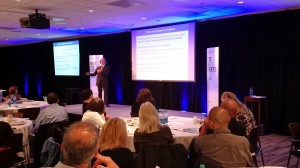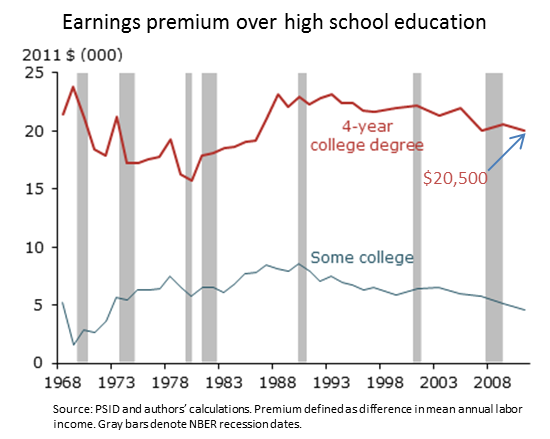What happens when you mix brilliant economic minds and keen educators? An enthusiastic day of discussion, questions, professional development, and yes – even some fun! We recently hosted 70 educators from throughout the 12th District at our head office in San Francisco for Meet the Experts (MTE), a speaker series designed to provide secondary and post-secondary educators with an opportunity to interact with leaders from throughout the Bank.
 With MTE, our objective is to highlight emerging issues in the economy and foster greater understanding about the roles and responsibilities of the Federal Reserve. See how we strove towards that goal with the day’s agenda. Remember to return to this blog in the following weeks as we’ll be providing tips for discussing this year’s MTE topics with your students.
With MTE, our objective is to highlight emerging issues in the economy and foster greater understanding about the roles and responsibilities of the Federal Reserve. See how we strove towards that goal with the day’s agenda. Remember to return to this blog in the following weeks as we’ll be providing tips for discussing this year’s MTE topics with your students.
The day started off with a dive right into economics content and a very timely topic: asset price bubbles. Kevin Lansing, Research Advisor for our Economic Research group, took the audience through a brief history of bubbles (notably the Tulip Mania bubble from 17th century Netherlands), then touched on three points that explain bubbles: forecasts based on past price movements, social dynamics and human emotion, and market structure. Kevin also discussed policy implications of lessons learned from price bubbles. His presentation slides are here.



